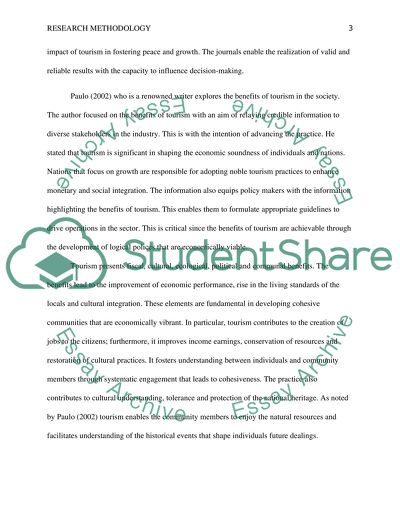Cite this document
(“Research Methodology Paper Example | Topics and Well Written Essays - 2500 words”, n.d.)
Retrieved from https://studentshare.org/tourism/1400742-business-research-methods-methodology
Retrieved from https://studentshare.org/tourism/1400742-business-research-methods-methodology
(Research Methodology Paper Example | Topics and Well Written Essays - 2500 Words)
https://studentshare.org/tourism/1400742-business-research-methods-methodology.
https://studentshare.org/tourism/1400742-business-research-methods-methodology.
“Research Methodology Paper Example | Topics and Well Written Essays - 2500 Words”, n.d. https://studentshare.org/tourism/1400742-business-research-methods-methodology.


